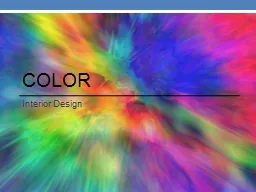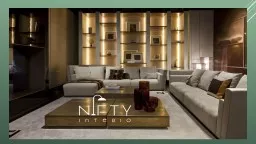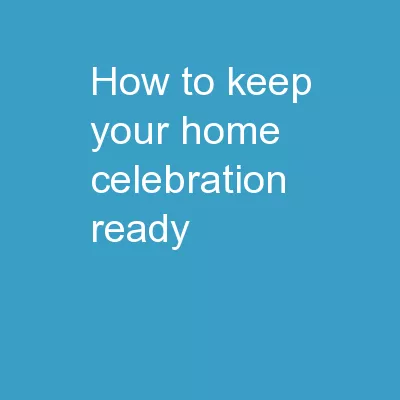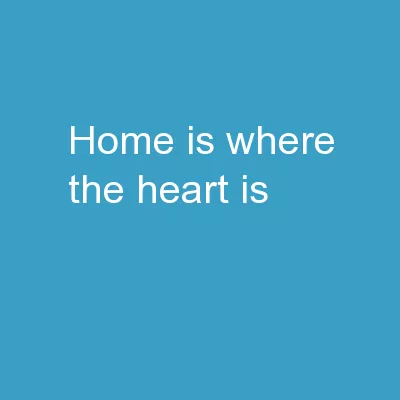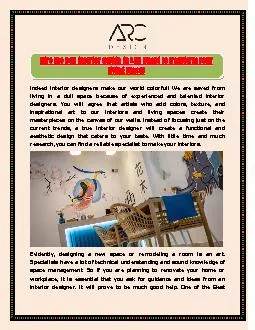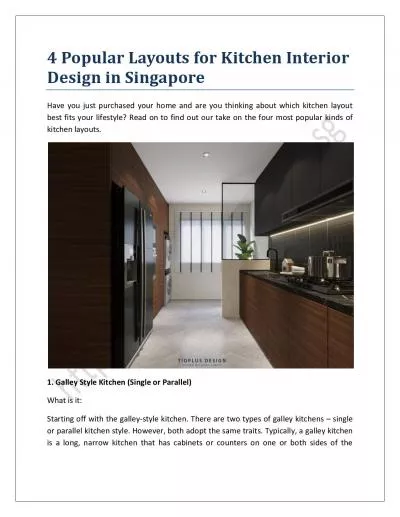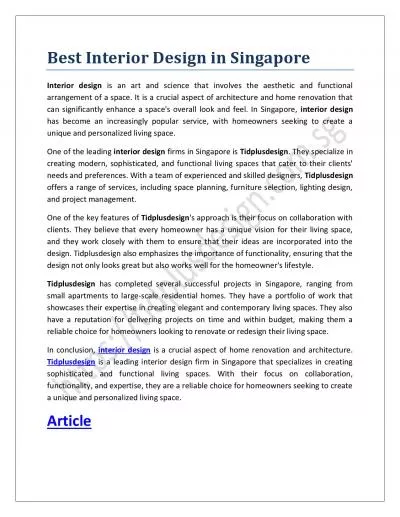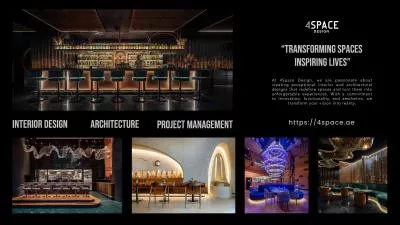PPT-Color Interior Design The Role of Color in Design
Author : bikerssurebig | Published Date : 2020-06-22
Analyze how color can be used to create moods and illusions Explain how primary colors are used to produce other colors on the color wheel Describe the effects of
Presentation Embed Code
Download Presentation
Download Presentation The PPT/PDF document "Color Interior Design The Role of Color..." is the property of its rightful owner. Permission is granted to download and print the materials on this website for personal, non-commercial use only, and to display it on your personal computer provided you do not modify the materials and that you retain all copyright notices contained in the materials. By downloading content from our website, you accept the terms of this agreement.
Color Interior Design The Role of Color in Design: Transcript
Download Rules Of Document
"Color Interior Design The Role of Color in Design"The content belongs to its owner. You may download and print it for personal use, without modification, and keep all copyright notices. By downloading, you agree to these terms.
Related Documents

